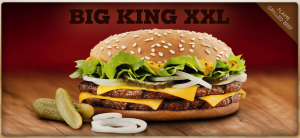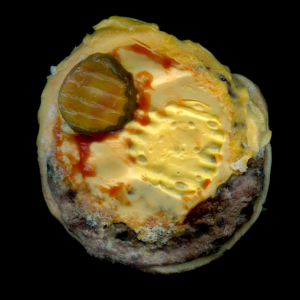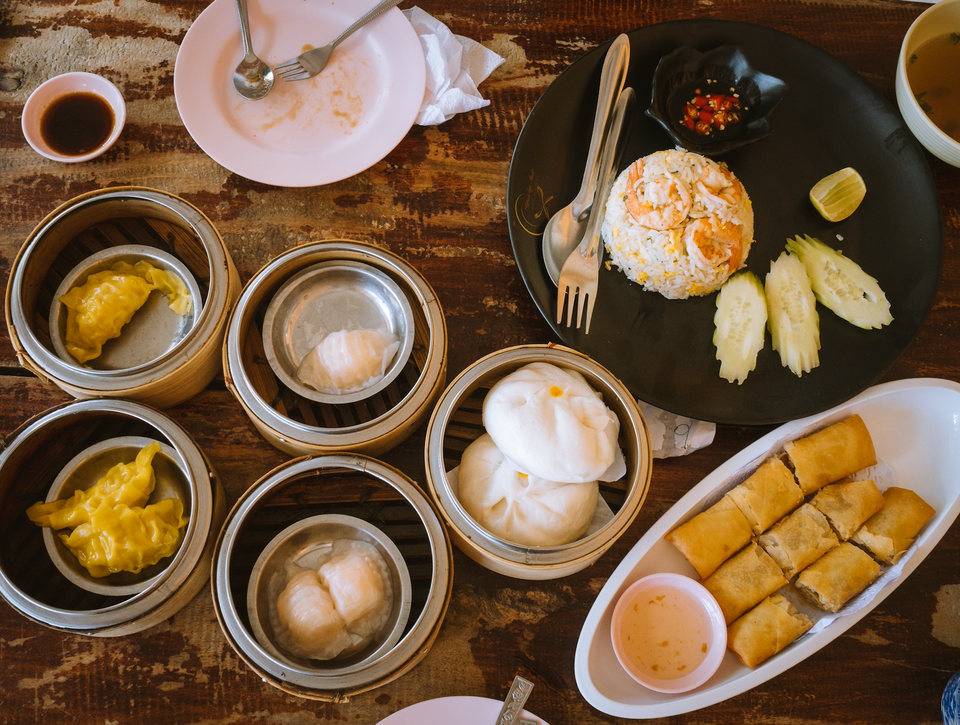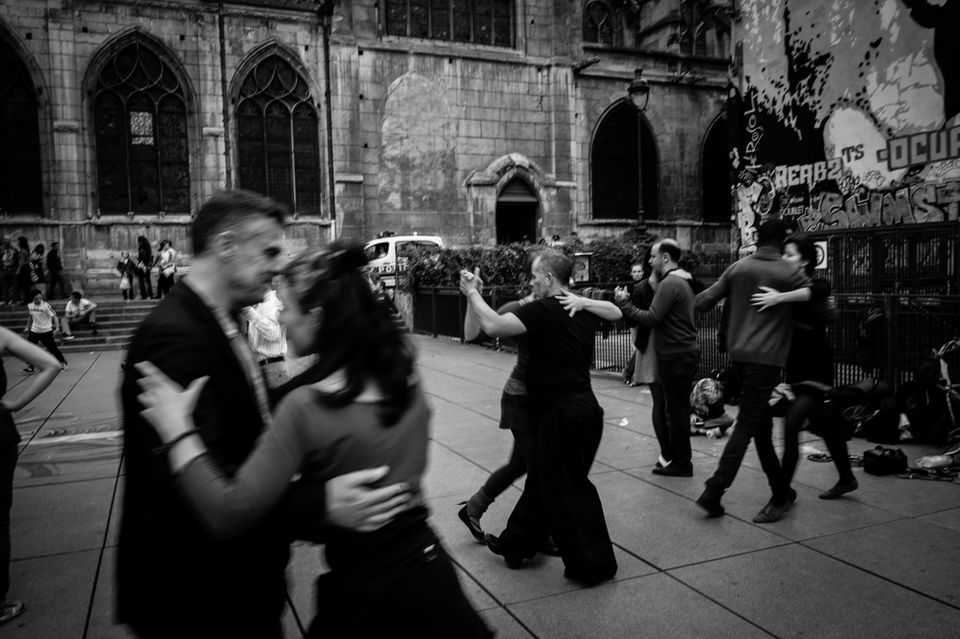The representation of food has always had a presence within the realm of the visual arts. Working together, both food and art serve to depict specific cultures and lifestyles, and the still life has proven to be a valuable tool to gain insight into the importance placed upon objects throughout history. Our relationship to food becomes increasingly complicated as globalization removes us from the source and natural product. Four contemporary artists approach the subject of a Burger King hamburger in different ways ranging from digital photography, to Polaroid film and a flatbed scanner. The distinct viewpoints allow the viewer to discern the varying relationships that consumers have with fast food. From nostalgic comfort food, to harsh realities concerning consumer culture, the framed shot documents the unpalatable eating habits of the modern customer.


The contemporary Dutch artist Roel Roscam Abbing’s series Fast Food uses the aesthetic devices from traditional still life paintings to bring a historical focus to his photographs. In Big King XXL (Figure 1), a large and sloppy hamburger — still cradled in a waxy wrapper — is surrounded by its ingredients in their natural state. The composite whole is far removed from the individual parts and illustrates the trend of viewing food as a product of industry rather than of nature.[1] Routine advertisements for the Big King XXL hamburger (Figure 2) present the consumer with a visual unreality as a lure into the restaurant to eat synthetized food.
Jon Feinstein’s 2008 series titled Fast Food features an assortment of sandwiches and sides purchased from chain restaurants. Stripping each foodstuff from a contextualizing background, the food floats against a stark black void — each detail meticulously recorded via the flatbed scanner. For Feinstein, the use of the scanner in place of a camera is twofold; it allows him to render the image in a “rigid, specific and typological manner” and it mirrors the “removal of the hand in food preparation.”[2] Represented sans the gloss of the company branding, the food is presented un-apologetically to the viewer, pressed against an invisible boundary. Each image is paired with a number followed by ‘grams’ to highlight the amount of fat in each meal, as demonstrated in the photograph 16 grams (Figure 3), conceded by the artist to be a Burger King cheeseburger. According to Feinstein, “These photographs investigate the love/hate relationship that many Americans have with fast food, and like many other aspects of popular culture, its ability to be simultaneously seductive and repulsive.”[3]

Through this series, Feinstein highlights his interest in our “attraction to things that we know are ‘bad’ for us.”[4] In his book, Fast Food Nation, Eric Schlosser argues that at this point in history, we are conditioned from childhood, through branding and advertising, to seek out fast food. Entire marketing strategies were developed to establish life-long consumer loyalty from childhood. It is through these associations that as educated adults, aware of the health concerns associated with the consumption of fast food, we continue to eat it. Schlosser continues by reasoning that aroma and memory are linked and that a scent has the ability to “evoke a long-forgotten-memory”, with childhood foods leaving “an indelible mark”[5] causing adults to consume them without exactly knowing why. This could explain Feinstein’s observation in relation to the Fast Food series, “I noticed that even after making the images, free of branding, gloss etc, I still felt myself drawn to eat fast food occasionally. Similarly, as disgusting as many of the images are, when they are exhibited people often describe the photos as making them hungry.”[6]

It is within the context established through Schlosser, the nostalgic tones of the 1950’s visual aesthetic in the Burger Series (Figure 4) by Jeff Vespa, can be understood. Vespa visited the fast food joints around Los Angeles in order to recreate the out-dated stock images found on laminated menus in the diners across America. Hamburgers were only purchased from restaurants where the consumer was required to order at the counter, brought back to Vespa’s studio and styled to present all of the ingredients in the sandwich to the viewer. The images were shot with a Polaroid camera, one photograph of each burger, each an original artwork. The idea of originality is in direct contrast to the subject of Vespa’s work. The fast food restaurants from which the hamburgers were sourced standardized every aspect of production — from the diameter of the patty, to the exact amount of ketchup and mustard. This enabled the company to manufacture and assemble — not typical verbs associated with food production– the same product in every restaurant. By using the Polaroid camera, Vespa references the Pop art movement because “the image is instantly recognizable and when you see so many in repetition it reminds you of Warhol.”[7] For the viewer, the vintage medium presents the appetizing hamburger so that it is easy to visually consume and recalls faded childhood photographs, highlighting our latent juvenile desires.

In his book In Defense of Food; An Eater’s Manifesto, Michael Pollan offers a few simple rules to live by – one being, “don’t eat anything incapable of rotting.”[8] Although the guideline seems a bit obvious, the photo series The Happy Meal Project (Figure 5) by Sally Davies demonstrates that as a culture, we routinely consume an overly-processed hamburger that at six months, looks the same as the day it was purchased. Davies bought a children’s happy meal containing a junior hamburger and fries, set it upon a shelf in her apartment and snapped a photograph everyday to document the breakdown of the meal. According to Davies, “the first thing that struck me on day two of the experiment was that it no longer emitted any smell.”[9] Over time, the french fries and hamburger patty began to shrink and at six months “the food is plastic to the touch and has an acrylic sheen on it.”[10] This is an ongoing photography project that has yet to reach an outcome and one wonders that if these images, like Feinstein’s, will still produce feelings of hunger when exhibited.
In the words of Schlosser, “a nation’s diet can be more revealing than its art or literature.”[11] Investigating the art depicting a nation’s diet reveals inherent behaviours as well as the consumer’s convoluted psychological relationship to food. Taking a wide-angle viewpoint of the genre in conjunction with the writings and stance of contemporary food critics, a clear portrait of the modern consumer emerges – one that reaffirms that now, more than ever, we are what we eat.
[1] Pollan, Michael, The Omnivore’s Dilemma : A Natural History of Four Meals, New York City, Penguin Group, 2006. 197.
[2] Feinstein, Jon, email interview, 29 September 2010.
[3] Ibid.
[4] Ibid.
[5] Schlosser, Eric, Fast Food Nation: the Dark Side of the All-American Meal, New York City, Houghton Mifflin, 2001. 123.
[6] Vespa, Jeff, email interview, 30 September 2010.
[7] Ibid.
[8] Pollan, Michael, In Defense of Food: an Eater’s Manifesto, New York City, Penguin Group, 2008. 149.
[9] Staff Writer, McMould-defying, Mx News, 12 October 2010.
[10] Ibid.
[11] Schlosser, Eric, Fast Food Nation: the Dark Side of the All-American Meal. 3.



